IV. Evidence of a chemical war in Vietnam
In 1961, Kennedy Administration was informed that the situation in Vietnam was turning increasingly bad for the U.S, so they decided to focus on backing up the Government of South Vietnam and gaining an advantage over the Democratic Republic of Vietnam (North Vietnam) and the National Front for Liberation of South Vietnam. Therefore, special attention has been paid to the employment of modern technology for the war.
The U.S. government, with the collaboration of the government of the Republic of Vietnam, conducted an operation to spray herbicide in South East Asia. The operation was coded “Operation Trail Dust”. Its main content was to use aircraft, helicopters, automobiles, boats and the infantries to spray the herbicide. More than 95% of the herbicide in the “Operation Trail Dust” which was later changed into “Operation Ranch Hand” was sprayed by the USAF aircraft.
The main purposes of the operation include: (1) clearing the forests and mangroves to destroy the cover of troops of North Vietnam and the National Front for the Liberation of South Vietnam; and (2) destroying the crops to curb the food supply for North Vietnam’s troops. Besides, the operation is also aimed at promoting military and foreign policies of the U.S in Vietnam and South East Asia. The operation lasted from 1961 until the end of the war in 1975.
From August to December 1961, U.S. military personnel used the aircraft of the Republic of Vietnam to conduct some experiments on spraying the herbicide. Though conducted on a limited scale, the experiments were rather successful.
On 30th November 1961, U.S. President Kennedy approved the proposal made by the U.S. Department of State and the Department of Defense to conduct a large-scale chemical/herbicide war. Initially, both the two departments advocated using the herbicide just for destroying the forests. However, they were fully aware that the act of destroying the enemy’s crop was a breach of international law and a war crime, so they didn’t recognize such a program.
The first large-scale transportation of herbicide to Vietnam was conducted in January 1962. By September 1962, first attempts on destroying the forests were carried out, and by November 1962 crop sabotage was started. After one year since President Kennedy’s approval of the program, all spraying operations had to be accepted by the White House. The right to choose the forests and crops being sprayed was conferred to the U.S. Ambassador to the Republic of Vietnam at the end of 1962 and 1963, respectively.

Initially, the U.S. policy stressed that their military merely wanted to assist the government of the Republic of Vietnam in the herbicide programs. An agreement was signed in 1962 to transfer the ownership of the herbicide to the government of the Republic of Vietnam, and accordingly troops of the Republic of Vietnam had the responsibility to unload and transport the chemical. The plans to use the chemical were made on the coordination between the U.S. Embassy in the Republic of Vietnam, the U.S. Support Command in Vietnam and a sub-committee of the General Staff of the Republic of Vietnam’s Army named “Committee 202”.
The C-123 transport aircraft of the U.SAF was used to spray the herbicide. They were camouflaged, equipped specially for the task to avoid recognition. When sabotaging the crops, they carried the signs of the Republic of Vietnam. Their crews wore civilian clothes, and were accompanied by one officer of the Republic of Vietnam’s Army. This was the plan of the U.S. Department of Defense codenamed “Farm gate”.
The operation escalated by the end of 1964 corresponding to the escalations of war in Vietnam. The control and limitation of spray were loosened and the targets of spray were widened. The most common targets of the “Operation Ranch Hand” were communication routes and trails in the South of Vietnam which were being used of the troops of the Democratic Republic of Vietnam and the National Front for the Liberation of South Vietnam as supplying routes called “Ho Chi Minh Trail”.
The amount of herbicide being used for destroying crops increased gradually. As for 1965 only, 45% of the total amount of herbicide used was for destroying crops. Targets of spray included the fields supposedly used by the National Front for the Liberation of South Vietnam. Even the fields cultivated by civilians were sprayed. As for 1967 alone, at least 20 million liters of herbicide was sprayed in which 85% was for clearing the forests and 15% was for destroying the crops.
Between 1961 and 1971, the USAF conducted at least 19,905 sorties of spray which is equivalent to 34 sorties per day. With an average of 10.7 barrels per day, the 1968 and 1969 period was the peak time of Operation Ranch Hand. A recent study based on the documents of the U.S. government and modern mapping technology estimated that the total amount of herbicide sprayed during the 1961 and 1971 period was over 76 litters.
(to be continued)







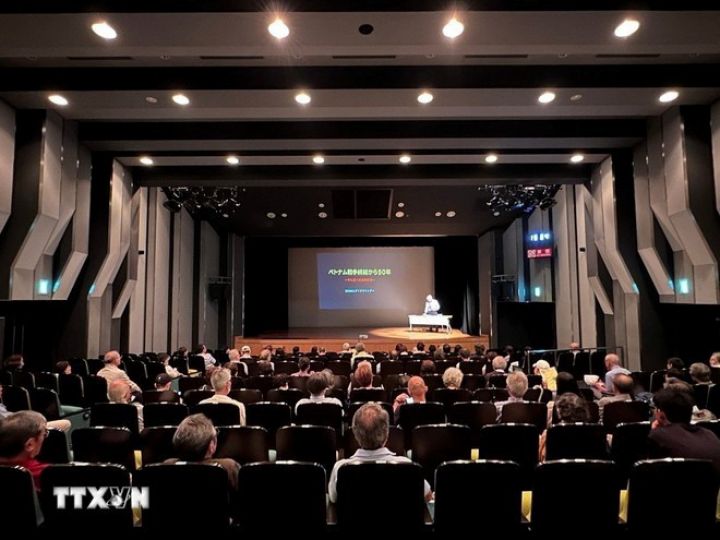


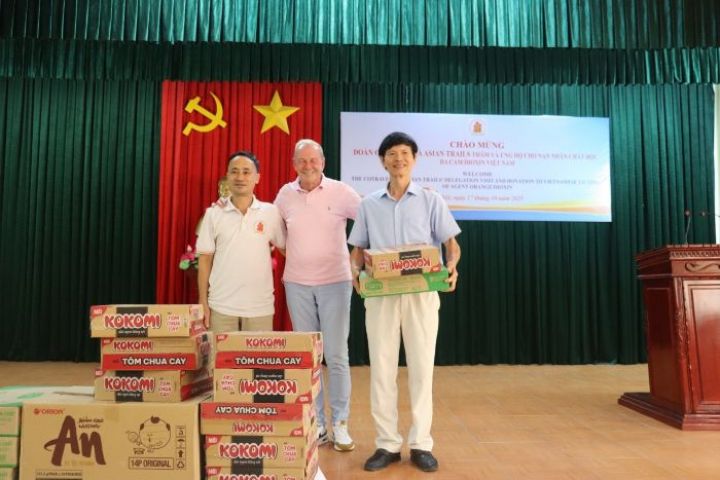











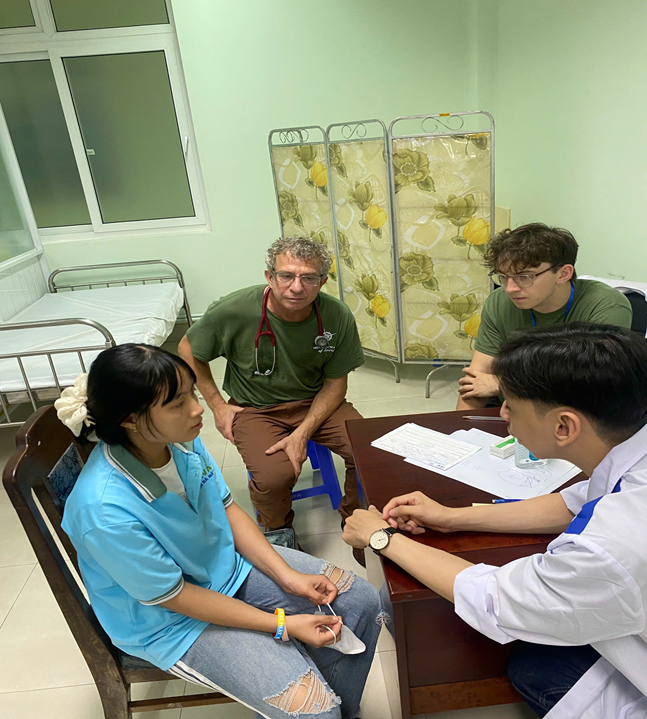
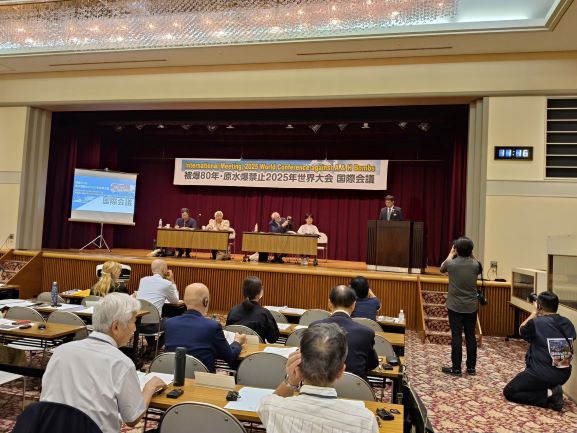
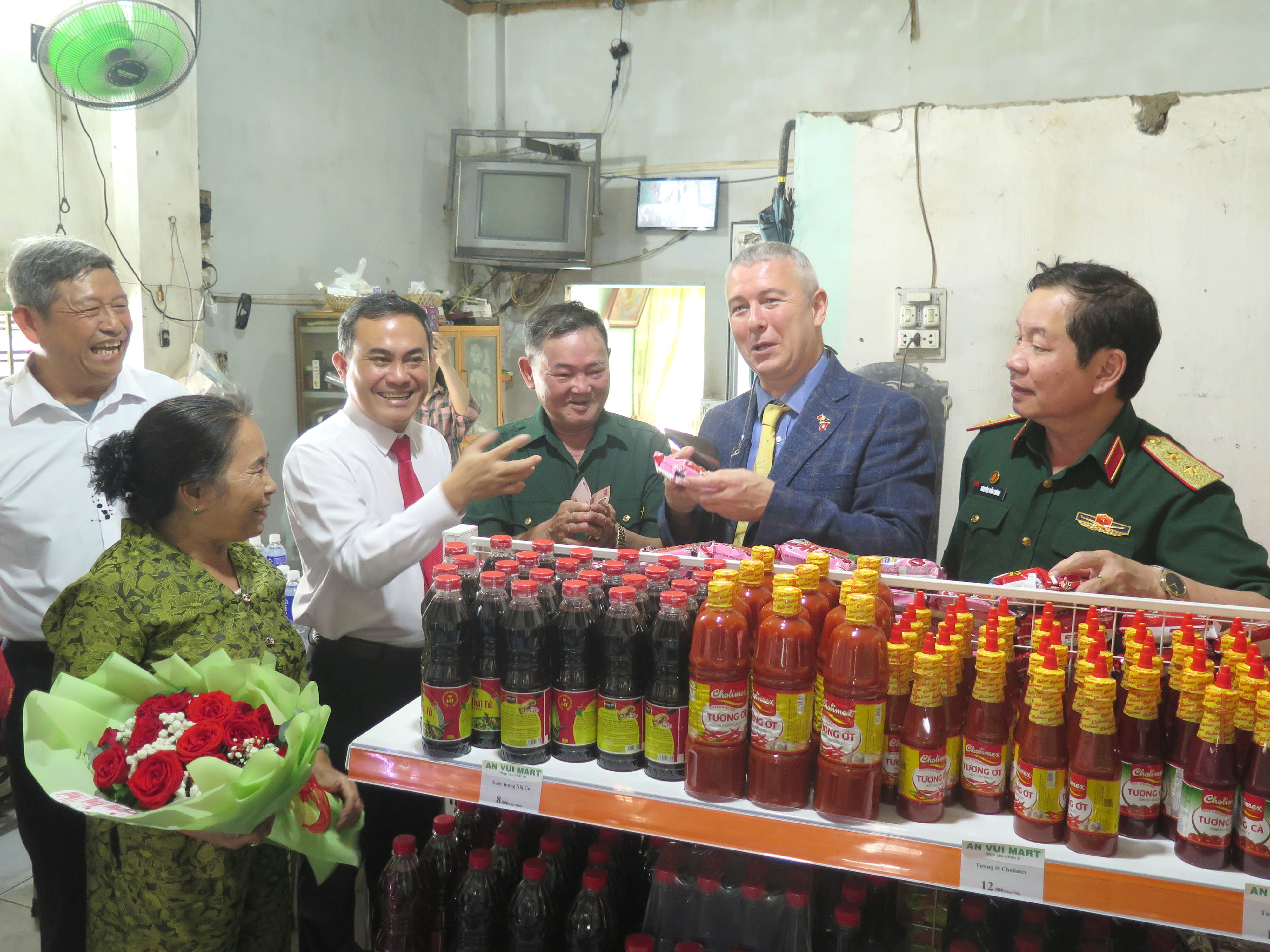
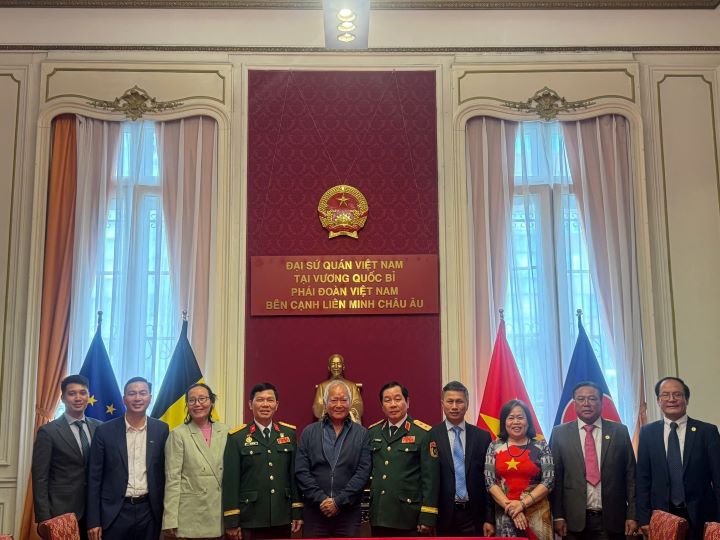

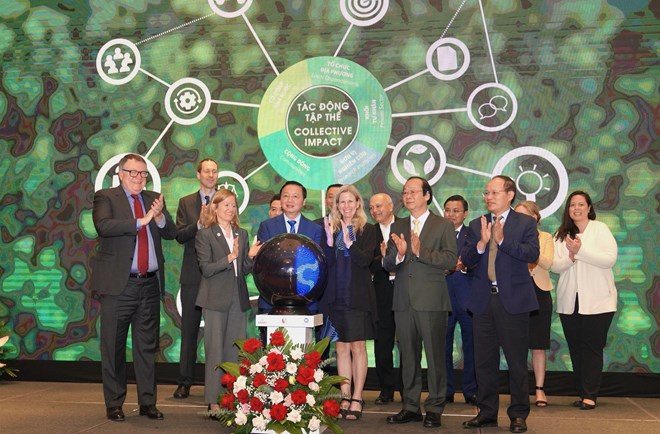

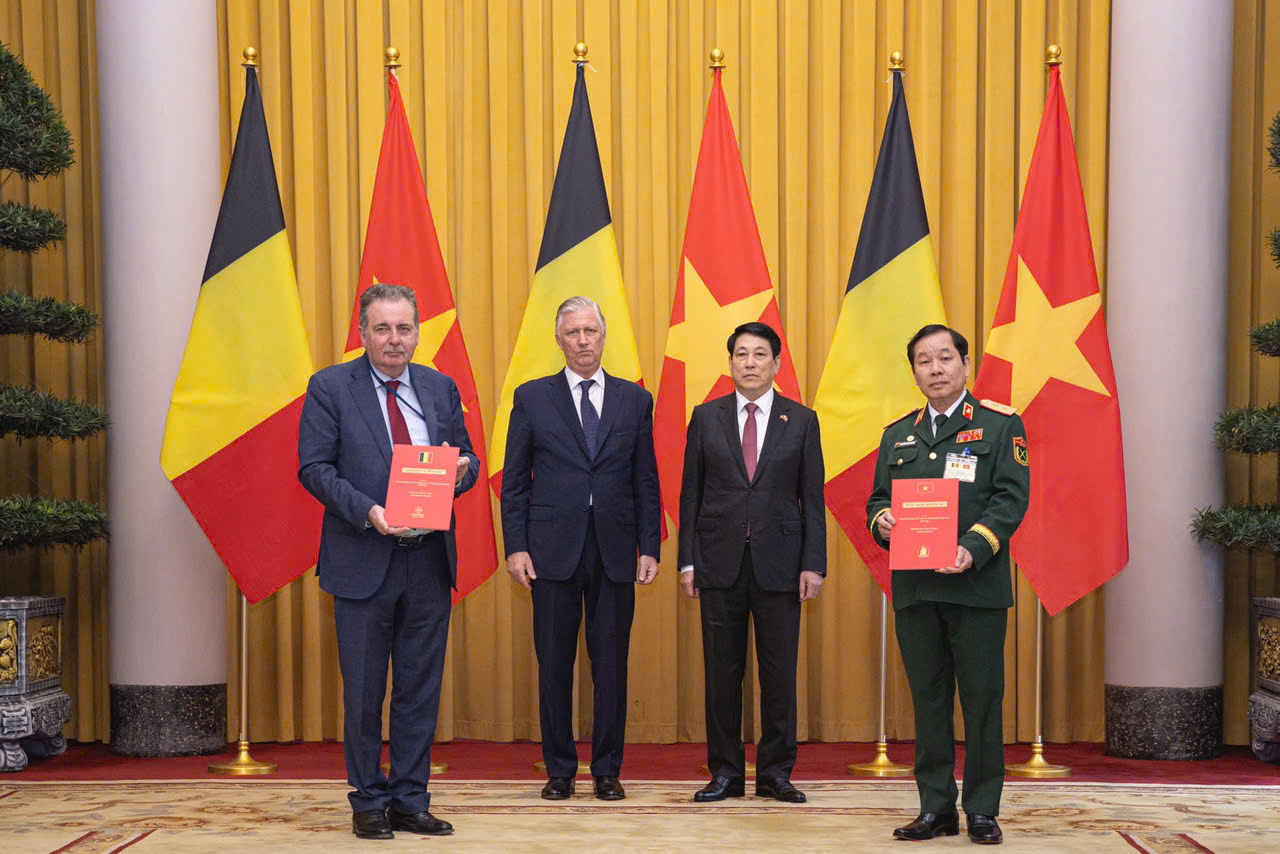


.jpg)
Comment